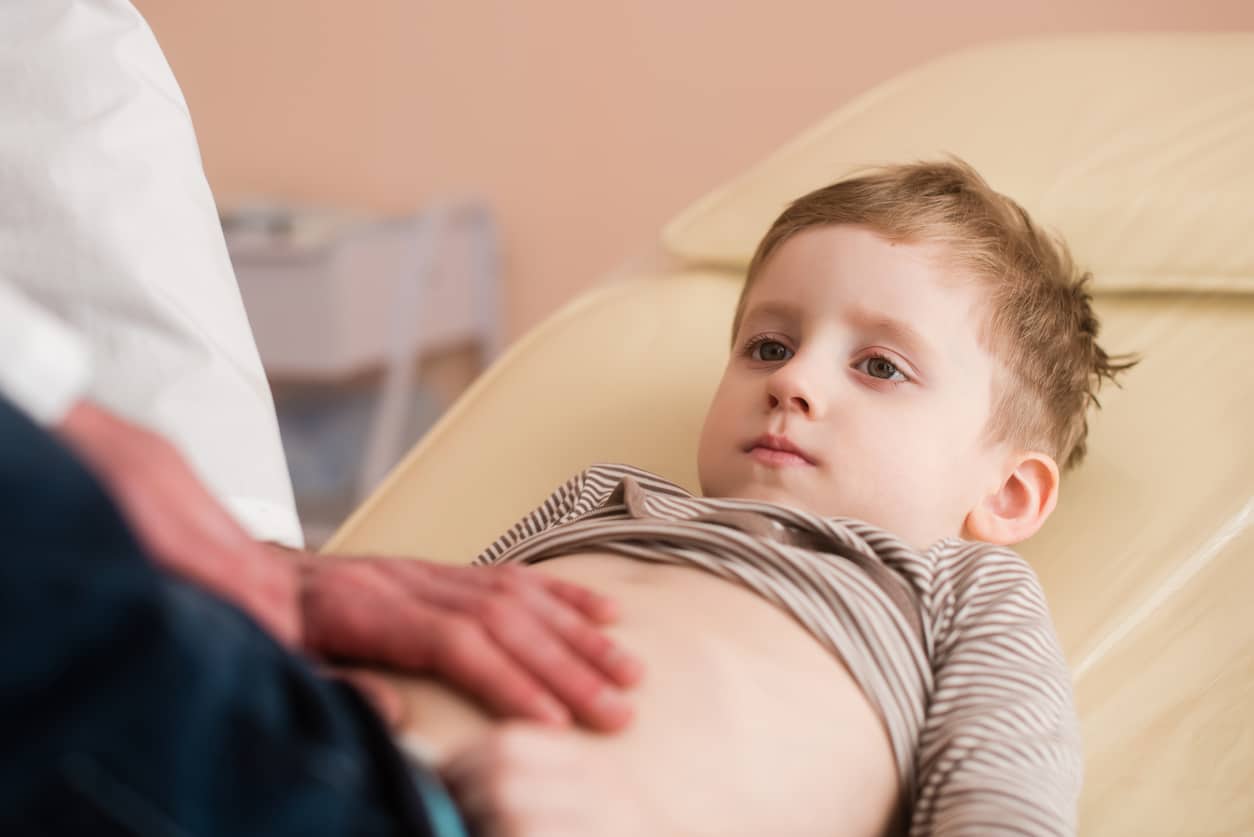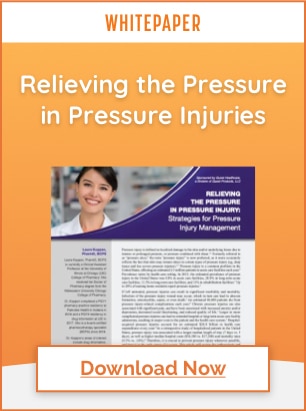
Managing Constipation in Pediatric Patients
Constipation in children is unique from adult constipation in several important ways. It is the source of 3% of visits to a pediatrician, and 25% of visits to a pediatric gastroenterologist. Yet it is a condition that often goes unrecognized by parents and as such they don’t seek medical advice. While mild constipation is fairly common in children, research has shown a troubling trend towards more cases of more chronic and serious bouts of this condition.
Constipation in children is defined as having fewer than three bowel movements a week for three, not necessarily consecutive, months in a year. Symptoms include abdominal bloating, feeling of fullness, straining at the toilet, lumpy or hard stools or small pellet-like stools accompanied by incomplete emptying of the bowel. “The reality is that too many children are either not treated at all, start treatment too late or are treated inadequately, leading to persistent, severe and chronic constipation,” says Maria Oliva-Hemker MD, director of pediatric gastroenterology and nutrition at Johns Hopkins Children’s Center in Baltimore, MD.
Constipation in children can be Functional (not caused by a disease) or Organic (due to an underlying medical condition or anatomical cause).
Triggers of Pediatric Constipation
For pediatric patients there are common external triggers that can lead to functional constipation:
Toilet Training: When children are toilet trained they become aware that they can control when they move their bowels, which often leads to withholding and/or fecal incontinence.
Changes in routine: starting preschool or kindergarten, or any new school year, is a very common trigger for pediatric constipation. Any place the child spends an extended period of time without comfortable access to a bathroom can also lead to constipation.
Changes in diet/poor diet: any changes to a child’s diet can lead to constipation, particularly when a child is transitioning from breastmilk to whole milk and when they start eating more table food. Higher fat and carbohydrate diets only exacerbate constipation.
Stressful events: moving, divorce, or changes within the family structure are common causes of stress in children that can result in constipation.
Lack of awareness: particularly with toilet training and young children, even when they need to have a bowel movement they often do not use the bathroom because they are “too busy” and need to be reminded on a regular basis.
Diagnosis and Assessment of Pediatric Constipation
When taking a pediatric patient’s history, there are several factors to consider:
- Birth history/birth weight
- Passage of meconium (can be a sign of Hirschsprung’s Disease)
- Tolerance of early feedings
- Current diet
- Age of onset
- Ease of toilet training
- Stressors (social, familial, academic)
- Family history (in particular Cystic Fibrosis, Hypothyroidism, myopathies, Hirschsprung’s Disease)
- Character of stool (consistency, caliber, volume, frequency of bowel movements, and frequency of incontinence (‘accidents’). The Bristol Stool Scale is helpful for this.
Managing Pediatric Constipation
Management of pediatric constipation is a combination of medical management and behavior modification. Dietary habits need to include appropriate amounts of fiber and hydration. Behavior modification includes maintaining a consistent toileting routine and rewarding a child’s toileting efforts. Ensure the child is properly positioned on the toilet and/or a kid’s potty seat is employed. Prompting children to use the bathroom after meals and/or a minimum of twice a day (with 10 minutes on the toilet) is also helpful, particularly important both before and after school. To encourage kids for sitting on the toilet (regardless of whether there is a bowel movement or not) a reward system (like stickers or games) can be helpful.
The first phase of effective medical management typically starts after complete evacuation of the bowel is achieved, usually using polyethylene glycol or magnesium citrate. Docusate sodium mini-enemas (like DocuSol® Kids) or suppositories may be needed to clear lower impaction. Maintenance with stool softeners may be indicated as required. Along with stool softeners, stimulant laxatives (senna) are sometimes needed but should only be used in conjunction with behavior modification. Regular bowel management programs may be implemented when organic causes of constipation are identified.
About DocuSol® Kids
DocuSol® Kids is a first-of-its-kind, mini enema with a non-irritating formula that functions as a stool-softening, hyperosmotic laxative by drawing water into the bowel from surrounding body tissues, replicating a normal bowel movement. This unique formulation provides children ages 2–12 fast, predictable relief of constipation within 2 – 15 minutes.
DocuSol® Kids was designed for easy use at home. The DocuSol® Kids tube is designed to offer a minimally invasive, soft, and flexible tip, avoiding any scratching or irritation to the skin. Just a 5-milliliter tube delivering 100mg of docusate sodium, the medication provides fast relief in just a few, easy steps!
Disclaimer: The material contained is for reference purposes only. Alliance Labs, LLC and Summit Pharmaceuticals do not assume responsibility for patient care. Consult a physician prior to use. Copyright 2020 Summit Pharmaceuticals and Alliance Labs LLC.
Sources:
Information included is based on a presentation given by Dr. Rina Sanghavi, M.B., B.S., M.D., F.A.A.P., and a pediatric gastroenterologist at Dallas Children’s Medical Center and Johns Hopkins Center Focuses on Child Constipation by Cclark@healthleadersmedia.com October 26, 2010







